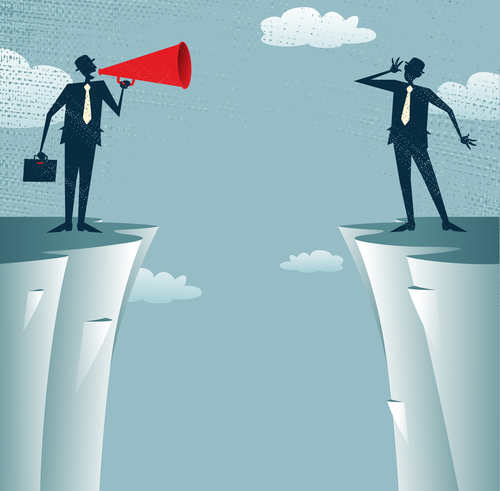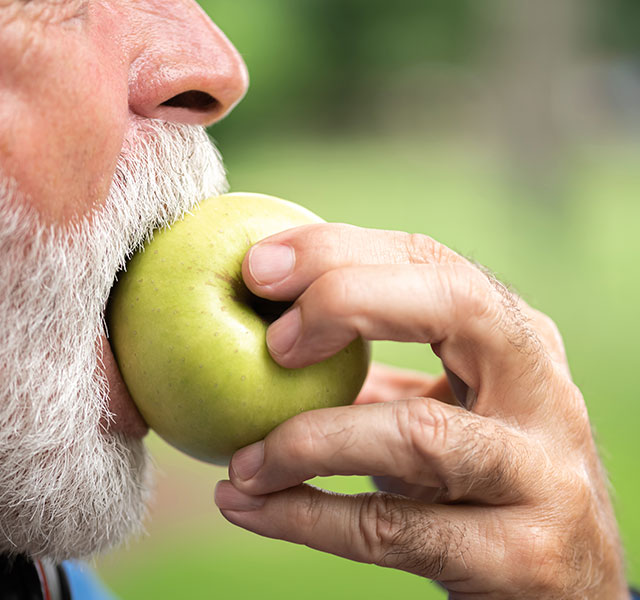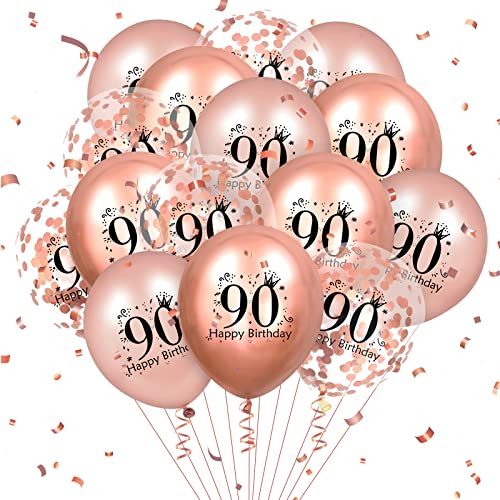In my last post, I wrote about the regrettable tendency to act as though older people and people with disabilities form two separate groups. When groups within companies don’t share information or knowledge, it’s called a “silo mentality.” It reduces efficiency and compromises the culture. Siloing is just as damaging in the social justice sphere, where it fosters disconnection and marginalization.
The antidote is to think and act intersectionally—a clumsy word for a powerful idea. Black feminist Kimberlé Crenshaw coined the term intersectionality in the 1970s to address the ways that different forms of oppression—like racism, sexism and ageism— interact and combine to undermine us all.
It’s also a way of thinking about the relationship between identity and power: how people and institutions use identity—old, for example, or disabled, or fat, or Muslim or crazy—to withhold or confer advantage. In Crenshaw’s words, in an article called “Why Intersectionality Can’t Wait,” “intersectionality isn’t just about identities—race, gender, class—but about the institutions that use identity to exclude and privilege.”
These relationships explain why the poorest of the poor, everywhere in the world, are old women of color. Add disability to the mix, and vulnerability increases even more. It’s why, as Crenshaw wrote, “We simply do not have the luxury of building social movements that are not intersectional, nor can we believe we are doing intersectional work just by saying words.”
Many humanitarian efforts leave people with disabilities behind. A vivid example came my way in an eloquent article by Kate Bunting, the CEO of HelpAge USA, called “Putting inclusion into practice.” A term that came out of disability rights, inclusion means giving people with disabilities (PWD) full access to society, whether by providing closed captions or building wheelchair ramps or simply inviting PWD into the conversation. Inclusion is core to HelpAge’s mission to improve the lives of the world’s poorest olders, and Bunting wants it to be a mainstream humanitarian priority.
We’re not there yet, because we don’t collect much information on older people and what data we do collect isn’t broken down by age or disability. Without data, we can’t design programs with those populations in mind.
“What this translates to in practice,” Bunting writes, “are distribution centers reachable only by those who can walk there; food only for those capable of digesting it; and emergency warnings understood only by those who can see and hear.”
During wartime or emergencies, this makes PWD, many of whom are older, the last to receive resources and the first to die.
Guess who else is underrepresented in data collection? Older women (because they face both sexism and ageism—hello, intersectionality). For example, the global discussion of gender-based violence omits older women.
“Women over 50 have long been ignored both statistically and anecdotally —as if there is a magical age that means a woman is no longer vulnerable to violence and discrimination,” writes Bunting in another powerful post called “MeToo has no age limit.”
No longer reproductively useful, women over 49 are systematically excluded from studies of gender-based violence and health. Again, the lack of information makes it impossible to create interventions that address their needs, even though violence against older women— physical, sexual and emotional—is an urgent health and human-rights issue. As Bunting points out, women over 50 make up nearly a quarter of women around the world, their share of the population will only grow, and many live in developing countries where social or legal recourse is inadequate or nonexistent.
Governments and organizations are beginning to heed this HelpAge call:
“Remember to include older women. Remember them in your work. Remember them in your policy objectives. Remember them in your development programming,” Bunting writes. “They have said, ‘Me too.’ We just haven’t been able to hear them because we never asked.”
What can the rest of us do? Bust out of our silos. Ask honestly whether we’ve been reaching out to those with less privilege, to people who don’t look like us, or live far away or don’t seem to have much in common with us.
I used to say that ageism was the only form of discrimination that affects everyone, but in fact all oppression burdens us all. Like the T-shirt says, “None of us are free until all of us are free.”
A movement against ageism is underway. If we want it to leave no one out—to be genuinely inclusive—it has to engage people at the margins of society, the ones whom people in power deliberately overlook because they can get away with it. It’s no surprise that queer women of color are leading the charge. They’re the ones, in the words of Rutgers professor Brittney Cooper, “who meld race, gender and queer politics into an expansive, inclusive, and just vision of the world.”
That world is better for all of us. It’s the world I want to inhabit and that I’m learning to work towards. As a white woman of privilege not used to abandoning her comfort zone, I have a long way to go.



